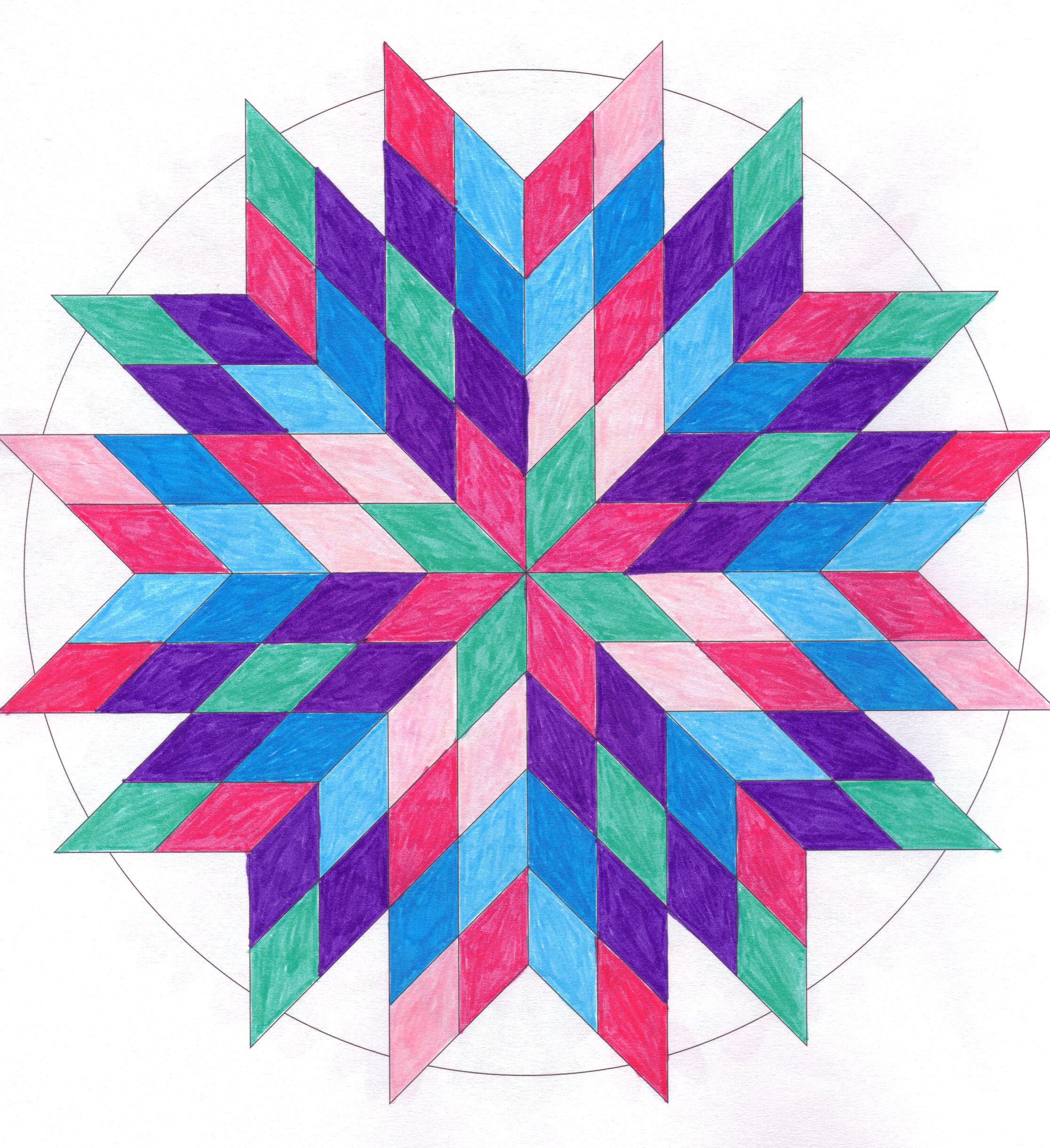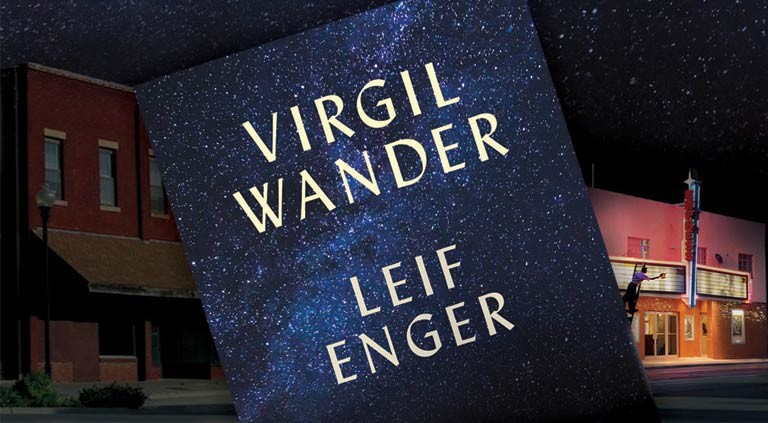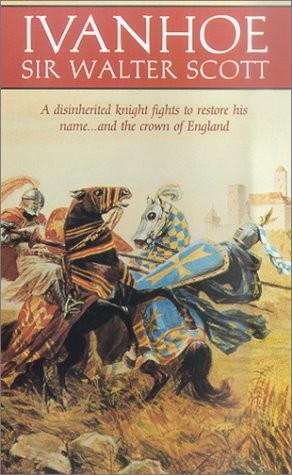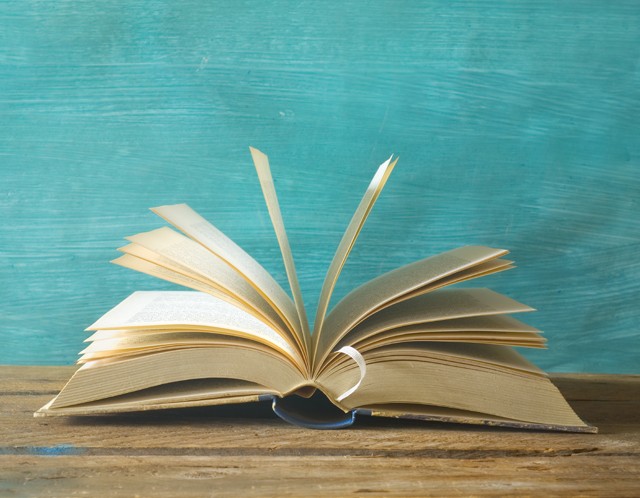A narrative of twin urban centers
 There: an awkward retitling of a classic. That’s about all that can be said about A Tale of Two Cities
There: an awkward retitling of a classic. That’s about all that can be said about A Tale of Two Citiesthat hasn’t already been said.
I missed this one, even though it’s apparently the most frequently assigned Dickens novel in high school classes. Missed it again in other likely academic settings as well. It’s like a missing tooth in my smile as a reader — but no more.
All I can offer is my own reading experience, which leaves me reflecting on what a wide gamut my reactions run with Dickens. On the one hand, books I love: David Copperfield, Bleak House, Great Expectations, A Christmas Carol. Great stories. Entertaining characterizations. An author who’s obviously enjoying himself. On the other hand, books I endure: Martin Chuzzlewit, Hard Times, Our Mutual Friend, Dombey and Son. In these, Dickens the moral sledgehammer, Dickens the sarcastic and grim, Dickens the “How many pages till the end?” gains the upper hand.
I got fully halfway through this tome before it started to roll by itself. Then it captured me. Somehow a balance fell into place among all the different ingredients of the writing. This has been called the least Dickensian of all Dickens’ novels, but it has what look to me like some typical features: melodrama, idealization of characters (such as Lucie Manette as the “angel in the house”), totally implausible surprise plotlines that tie everything up. I remember one professor saying that a common phenomenon with Dickens is to look at people in the world as being like Dickens characters, rather than vice versa, and this story seems no exception.
But there is also a compelling theme and a passion for the subject that eventually melted through these other distracting features and drew me in. The scenes of mob violence in France are vivid and horrifying; they take the bloodthirstiness evident in the earlier scenes of the English justice system, and magnify them, underscoring that even ideals of justice roll hellishly amok when motivated by hate and revenge. Though the narrative is wordy and tortuous to get through at times, the shrewdness of Dickens’ insight into the human heart kept me engaged.
My husband’s Netflix this week has been the HBO series John Adams. I’ve caught bits and pieces out of the corner of my eye while reading this. It too focuses on a revolution, and I found myself comparing the French Revolution as it’s portrayed in this book, in which grand ideals degenerate to mere rhetoric perpetuated by the most brutal injustice, with the American Revolution. Our revolution could have tipped that way; watching the king’s man tarred and feathered in Boston impressed me differently than it did when I learned about it in school. Tarring and feathering was a cruel act, oppressed people venting against the wrong person. But America also had some powerfully steadying, visionary minds undergirding those days of imbalance and flux. Reading A Tale of Two Cities reminded me of my gratitude for that.



